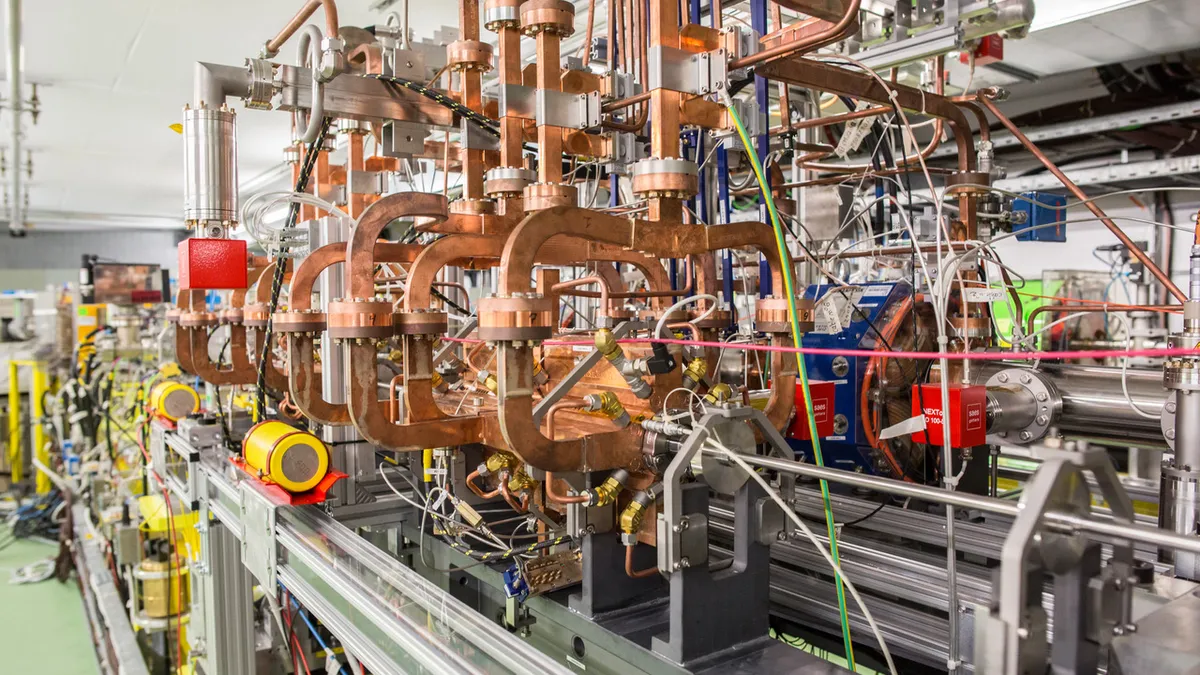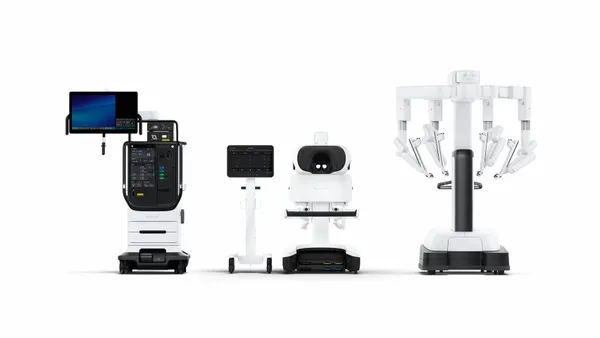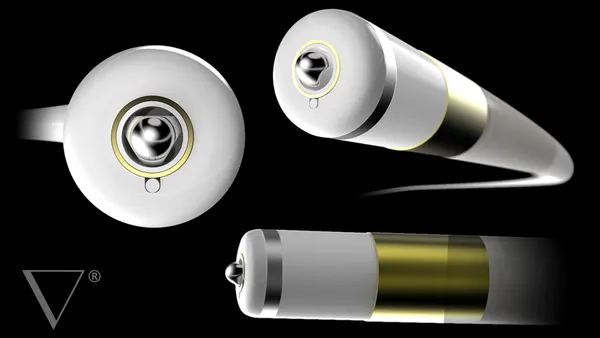Dive Brief:
- Organizations including the operator of the largest particle physics laboratory in the world have joined forces to develop a new radiotherapy device.
- The partners are developing a device for FLASH radiotherapy, an approach that rapidly delivers very high doses of radiation to minimize toxicity and improve outcomes in cancer patients.
- Supported by a CHF 25.8 million ($27.1 million) donation, the collaborators aim to have an operational device within two years and start the first clinical trials in 2025.
Dive Insight:
Preclinical studies of FLASH radiotherapy have suggested the approach can reduce toxicity and thereby enable physicians to use higher, more effective doses. Shortening irradiation to a few milliseconds could also reduce the burden treatment imposes on patients and minimize the impact of issues related to the movement of organs.
Medtech company Theryq was spun out of France’s PMB-ALCEN to drive the development of the treatment, including a partnership with Swiss hospital Centre Hospitalier Universitaire Vaudois (CHUV). CHUV in 2020 installed a Theryq prototype, FLASHKNiFE, designed to treat tumors up to 3 centimeters deep.
Working with the European Laboratory for Particle Physics (CERN), a body best known for its operation of a 27-km particle accelerator, the partners plan to create a device capable of treating tumors up to 20 centimeters deep. The device, FLASHDEEP, will use a CERN accelerator based on compact linear collider technology to treat deep tumors in a form factor that is small enough to fit in a typical hospital campus.
FLASHDEEP is designed to deliver extremely high energy electron beams that are 10 to 20 times more powerful than the output of its predecessor, thereby expanding FLASH treatment to more tumor types. The collaborators have received a donation from the Biltema Foundation to support their work to ready the device for clinical testing in 2025.













